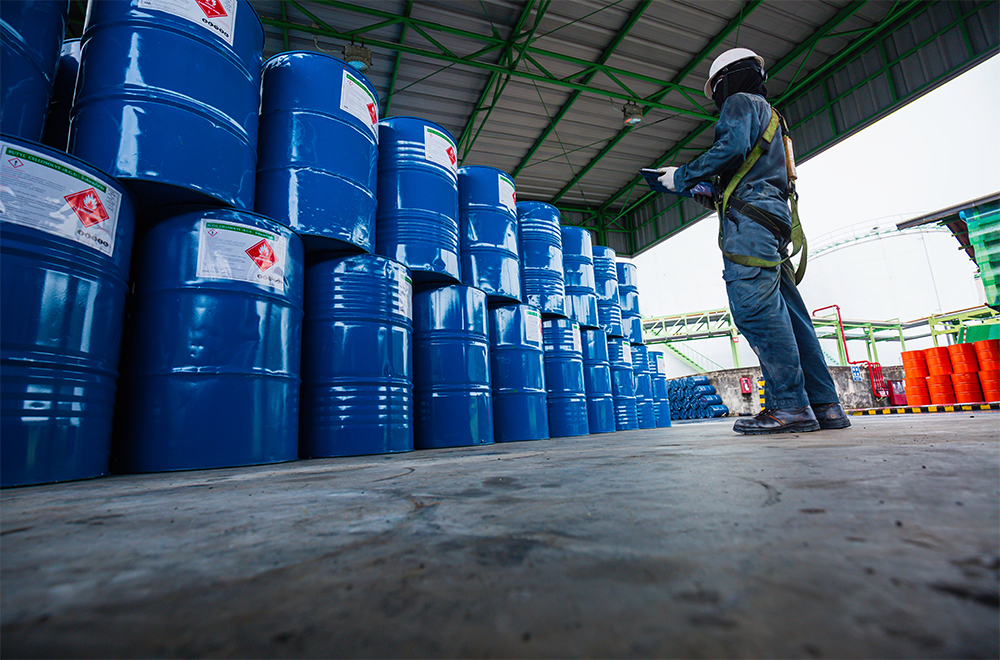EMISSIONS MANAGEMENT
AQMIS Modules
Customize your AQMIS experience by integrating specialized modules tailored to your specific environmental management needs. From advanced data analysis and reporting to real-time monitoring and regulatory compliance tools, enhance your system with the features that matter most to you.

Emissions Inventory
The Emissions Inventory module offers a comprehensive database to manage emissions at the process, facility, and airshed levels. User-friendly tools allow seamless import and export of data for various source types, including stacks, nonroad and onroad sources, and tanks. Emissions calculation tools, such as U.S. EPA AP-42, enable both individual and batch calculations. AQMIS supports unlimited pollutants and sources, with the flexibility to create custom emissions calculators.

Ambient Air Monitoring
The AQMIS Ambient Air Monitoring module enables easy import, export, and organization of monitoring data, either through templates or near-real-time processes. Customizable charts, graphs, and tables illustrate trends, identify exceedances, flag data quality issues, and provide valuable insights. Users can also compare observed data with air dispersion model results to validate both model performance and instrument accuracy.

Air Dispersion Modeling
The Air Dispersion Modeling module enables air dispersion modeling using your source and emissions data, supporting popular models like AERMOD, CALPUFF, SCICHEM, WRF-CHEM, CMAQ, and CAMx. Models run directly within AQMIS using high-performance computing, allowing simulations with hundreds of sources to be completed in minutes. Users can easily compare scenarios and assess impacts over large areas.
Historical meteorological data in WRF or MM5 format is readily available for model runs. Users can configure model inputs, including release points, buildings, sensitive receptors, and grids, using guided wizards or file uploads. Results can be compared to air quality standards, summarized in reports, and displayed on maps.
Historical meteorological data in WRF or MM5 format is readily available for model runs. Users can configure model inputs, including release points, buildings, sensitive receptors, and grids, using guided wizards or file uploads. Results can be compared to air quality standards, summarized in reports, and displayed on maps.

Solid Waste
The Solid Waste module streamlines waste management, ensuring compliance with hazardous waste regulations for generation, handling, transportation, storage, and disposal. Its robust features help companies and regulators manage waste, ensure compliance, and enhance environmental performance.
The module offers centralized waste profiling capabilities, allowing regulated entities to securely submit profiles online, saving time and reducing administrative burdens. Track waste processes from start to finish, identify bottlenecks, and improve system efficiencies. Dashboards provide a single view for generators, transporters, service brokers, and waste facilities to visualize and monitor all waste in transit.
The module offers centralized waste profiling capabilities, allowing regulated entities to securely submit profiles online, saving time and reducing administrative burdens. Track waste processes from start to finish, identify bottlenecks, and improve system efficiencies. Dashboards provide a single view for generators, transporters, service brokers, and waste facilities to visualize and monitor all waste in transit.

Water Quality
The Water Quality module provides comprehensive tools for monitoring and reporting water quality, such as drinking water, stormwater, wastewater, and groundwater. Its intuitive interface incorporates advanced data analytics techniques for easy use.
Key features include real-time data access, a centralized data center, customizable calculators, and extensive tracking functions. Data can be easily exported to popular document formats and presented in reports generated from simple or complex queries.
Key features include real-time data access, a centralized data center, customizable calculators, and extensive tracking functions. Data can be easily exported to popular document formats and presented in reports generated from simple or complex queries.

Human Health Risk Assessment
AQMIS fully implements the U.S. EPA Human Health Risk Assessment Protocol (HHRAP), providing standardized methodologies for assessing both cancer and non-cancer health effects with precision. Users can conduct comprehensive risk analysis for specific locations and visualize results in the GIS/mapping display for better decision-making.
Additionally, AQMIS supports specific risk assessment requirements, including prioritizing facilities for in-depth evaluations based on established guidelines such as those used in California.
Additionally, AQMIS supports specific risk assessment requirements, including prioritizing facilities for in-depth evaluations based on established guidelines such as those used in California.

Permitting and Compliance
The extensive Permitting and Compliance module in AQMIS provides tools to manage permitting and compliance requirements for numerous users and facilities. It includes all necessary tools, forms, reports, and automation to streamline the collection of data from all sources.
AQMIS tracks permit applications and development, issues permits to facilities, monitors stack testing and related activities, handles complaints and exceedances, and more, all within a single application.
AQMIS tracks permit applications and development, issues permits to facilities, monitors stack testing and related activities, handles complaints and exceedances, and more, all within a single application.

Calendar and Ticketing
The Calendar and Ticketing module supports your project management and scheduling needs. Users can manually create tickets to track progress and set due dates for tasks. Built-in functions allow automatic generation and assignment of customizable tickets when wizards or tools are executed, triggering the next set of defined activities.
The calendar provides an up-to-date view of pending, in progress, or overdue tasks, along with the individuals responsible for each task.
The calendar provides an up-to-date view of pending, in progress, or overdue tasks, along with the individuals responsible for each task.

Mapping (GIS)
AQMIS allows you to visualize project data in a geospatial environment using our proprietary GIS and mapping module. Since GIS tools are included, you don’t need to purchase third-party utilities, although you can connect with popular tools if desired. The AQMIS GIS/Mapping tool is fully compatible with ESRI products and can export maps in SHP format.
The Mapping module provides high-resolution satellite imagery for project locations, overlaid with your geospatial data, giving you full control over displayed layers and objects. You can easily show a wide variety of data on your map, including facilities, release points, air quality indices, air dispersion modeling contours, and other relevant environmental factors.
The Mapping module provides high-resolution satellite imagery for project locations, overlaid with your geospatial data, giving you full control over displayed layers and objects. You can easily show a wide variety of data on your map, including facilities, release points, air quality indices, air dispersion modeling contours, and other relevant environmental factors.

Reporting
Provides a complete internal reporting system without needing third-party software. It allows you to prepare products with options ranging from professionally formatted standard reports to customizable ad-hoc reporting. Report types include textual and graphical reports, tabular summaries, and GIS-based mapping and data visualization.
Data summaries can be customized using various queries and reporting tools, and all reports are fully searchable. The module enables secure analysis of data stored in the database, allowing you to run reports and prepare printed or electronic copies. Reports can be saved in formats like PDF, CSV, Microsoft® Excel and Word, XML, and image formats. Pre-configured report templates are available, along with the ability to create and save ad-hoc reports.
Data summaries can be customized using various queries and reporting tools, and all reports are fully searchable. The module enables secure analysis of data stored in the database, allowing you to run reports and prepare printed or electronic copies. Reports can be saved in formats like PDF, CSV, Microsoft® Excel and Word, XML, and image formats. Pre-configured report templates are available, along with the ability to create and save ad-hoc reports.

Systems Administration
AQMIS offers a comprehensive suite of tools for systems administration, focusing on user management with role-based access rights to define permitted screens, objects, and inventories for each user or group.
The portal supports secure data transmission between public and internal software versions, allowing individual data components to be marked as confidential or tagged with custom properties. All changes to system data and access are logged for review by system administrators at any time. System administrators can review all logged changes to data and access at any time.
The portal supports secure data transmission between public and internal software versions, allowing individual data components to be marked as confidential or tagged with custom properties. All changes to system data and access are logged for review by system administrators at any time. System administrators can review all logged changes to data and access at any time.

Analytics
The Analytics module offers a suite of graphical and tabular tools for comprehensive data analysis. Users can review data across the inventory and filter results by pollutant, equipment type, or parameter. For those using the monitoring module, it includes features to analyze Air Quality Index (AQI) data for insights into air quality trends.
The module enables users to view detailed AQI data across monitoring stations, analyze pollutant breakdowns, and assess trends over daily, seasonal, and annual periods. It also provides tools for generating percentage-based AQI views by station or pollutant and evaluating average daily pollutant concentrations for thorough air quality analysis.
The module enables users to view detailed AQI data across monitoring stations, analyze pollutant breakdowns, and assess trends over daily, seasonal, and annual periods. It also provides tools for generating percentage-based AQI views by station or pollutant and evaluating average daily pollutant concentrations for thorough air quality analysis.
Why Choose AQMIS?
- Customizable: Tailor dashboards to your role and responsibilities.
- Insightful Visuals: Explore data trends with interactive maps, charts, and graphs.
- Efficient Reporting: Export data in multiple formats for seamless communication.
- Regulatory Compliance: Simplify monitoring and reporting to meet industry standards.
Contact our team to explore module pricing and request your demo today!
USE CASES
Environmental Management Use Cases
AQMIS supports a variety of use cases and benefits. Explore the main environmental management use cases and benefits below.




